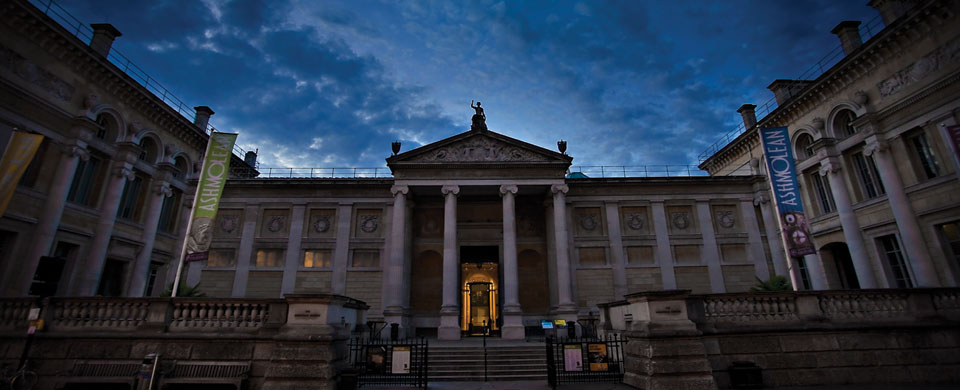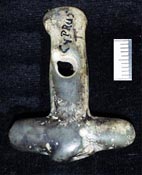Department of Antiquities
 |
Ashmolean Museum of Art and Archaeology |
|
|
| Presentations | |||
| Ancient
Cyprus in the Ashmolean Museum |
| Highlights of the Collection: Aphrodite, Female Figurines and Cyprus | |
| Aphrodite, Female Figurines and Cyprus: The Chalcolithic Period (Copper Age) and Cruciform Figurines |
|
These little figures were often found buried with the dead and frequently took explicitly female forms. Some of the naked women represented by the pendants appear to be in birthing positions. They were also sometimes found in settlements, indicating that they may have been worn by the living as well. It is likely that these were either meant to represent a fertility goddess or act as a charm to encourage healthy childbirth. One of the most important Chalcolithic sites, Kissonerga-Mosphilia, is near Paphos and many of the figurines found there have recurring themes of childbirth, fertility and pregnancy. It appears as though early Cypriots were very concerned with matters of fertility and the production of healthy offspring. |
|||
| Image: Fragment of stone female figurine, source unknown (AN1963.65) |
|||
| Previous
Page Temple |
Aphrodite Home | ||
| Ancient Cyprus Home | Top of Page | ||


 Evidence
for the first use of female figurines on Cyprus is found during the
Chalcolithic period (c4000-2600BC) and they take the form of an art
unique to the country at this time. This is the upper body part of a
pendant, with the lower part broken away, made out of a stone called
picrolite, a fibrous variety of serpentine. Many pendants of this kind
have been found in the area of Paphos and in other sites around Cyprus.
It is part of an anthropomorphic figurine in a cruciform shape - arms
outstretched and legs bent - with a piercing at the top enabling it
to be used as a pendant.
Evidence
for the first use of female figurines on Cyprus is found during the
Chalcolithic period (c4000-2600BC) and they take the form of an art
unique to the country at this time. This is the upper body part of a
pendant, with the lower part broken away, made out of a stone called
picrolite, a fibrous variety of serpentine. Many pendants of this kind
have been found in the area of Paphos and in other sites around Cyprus.
It is part of an anthropomorphic figurine in a cruciform shape - arms
outstretched and legs bent - with a piercing at the top enabling it
to be used as a pendant.